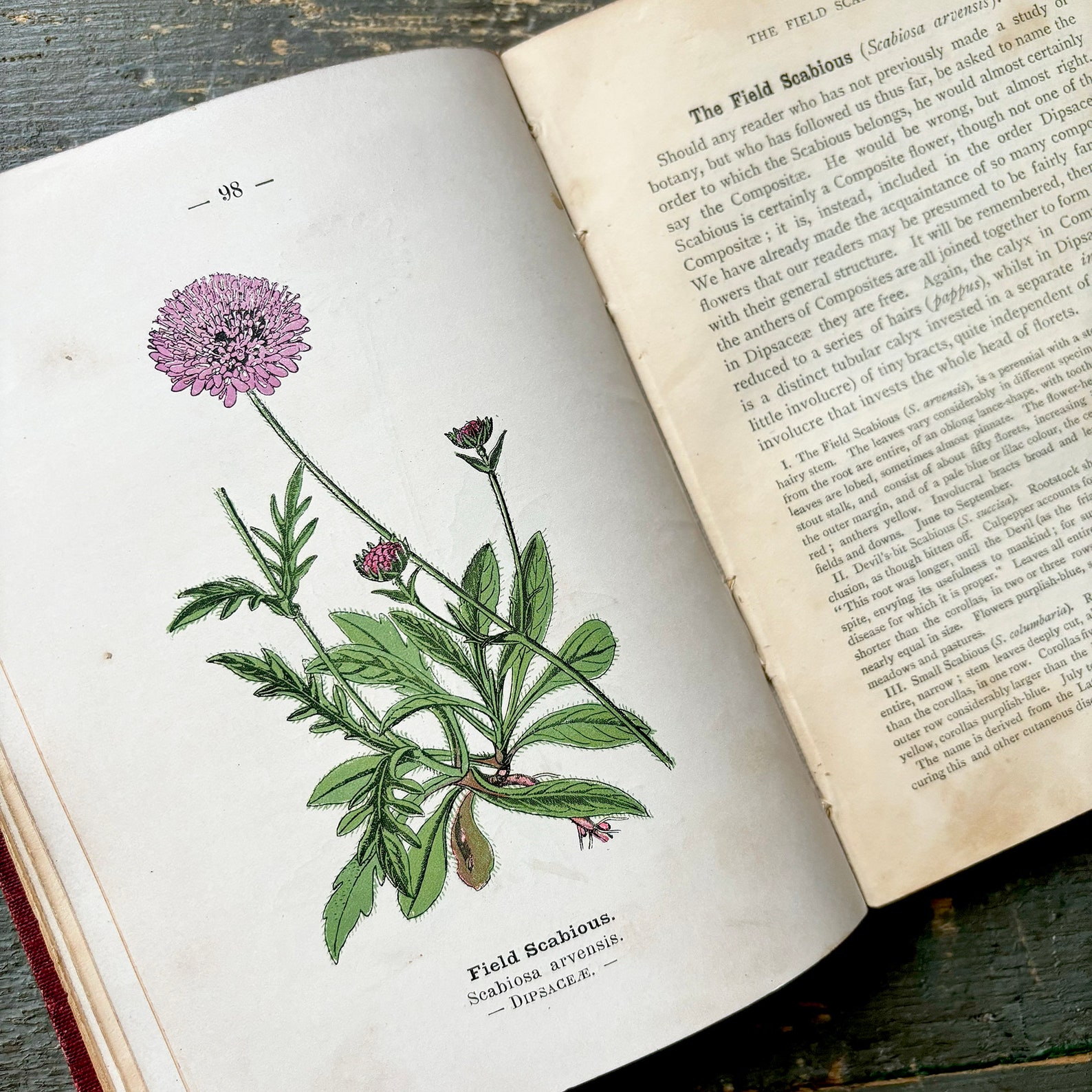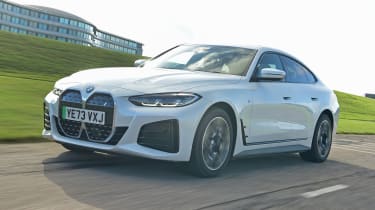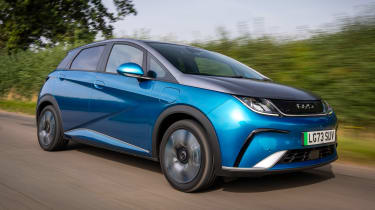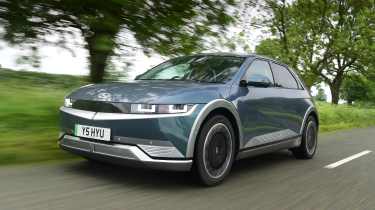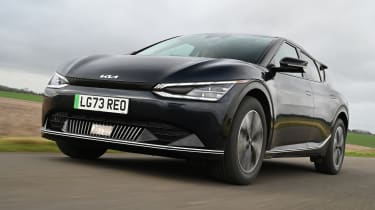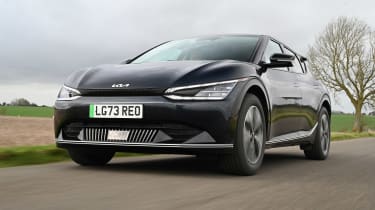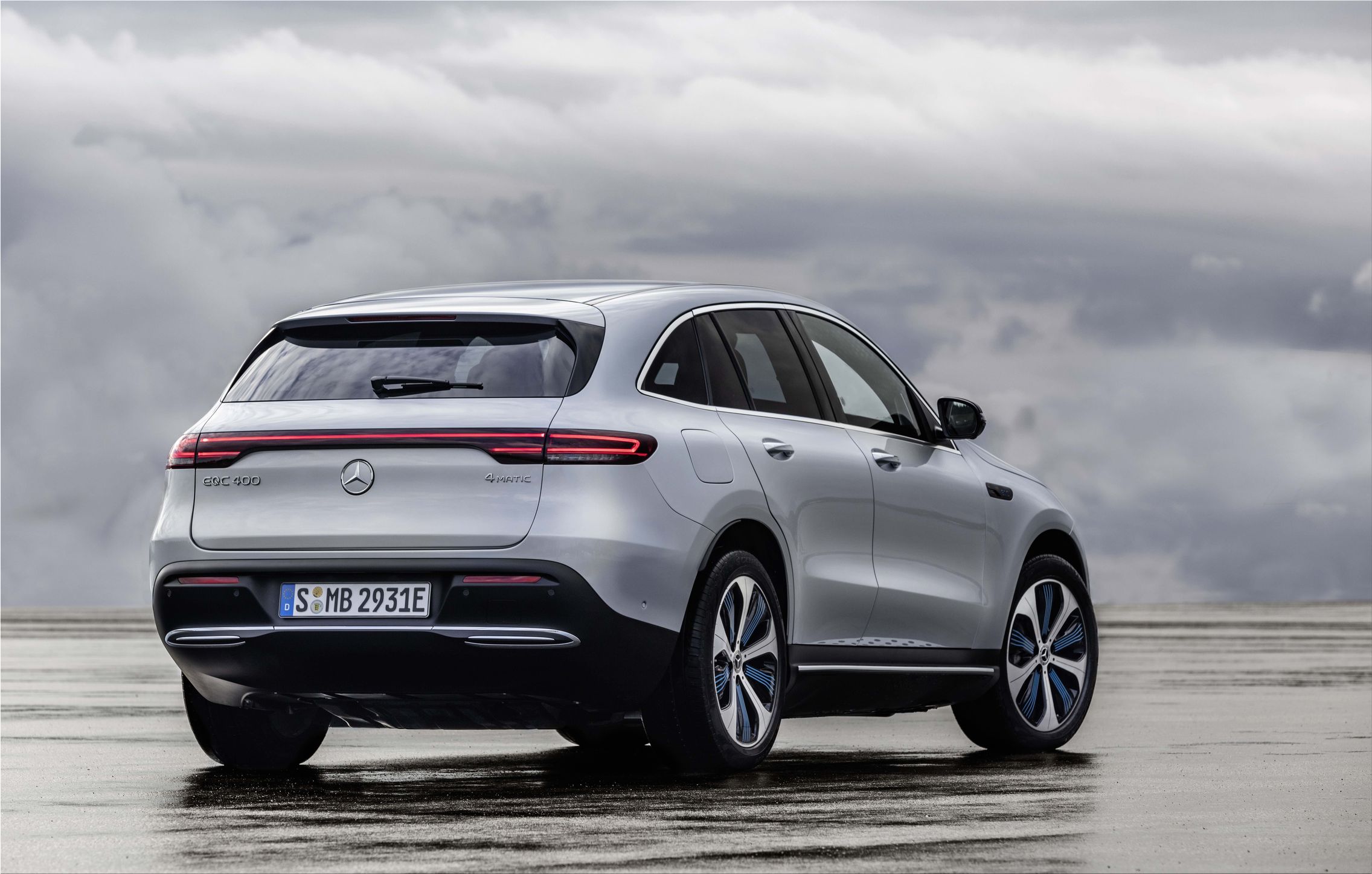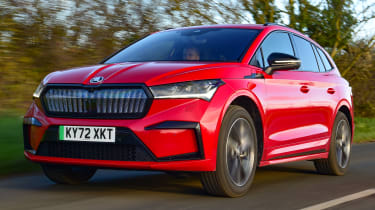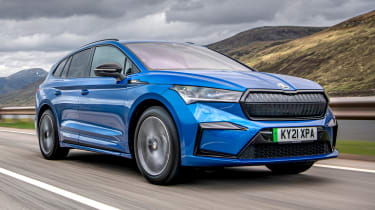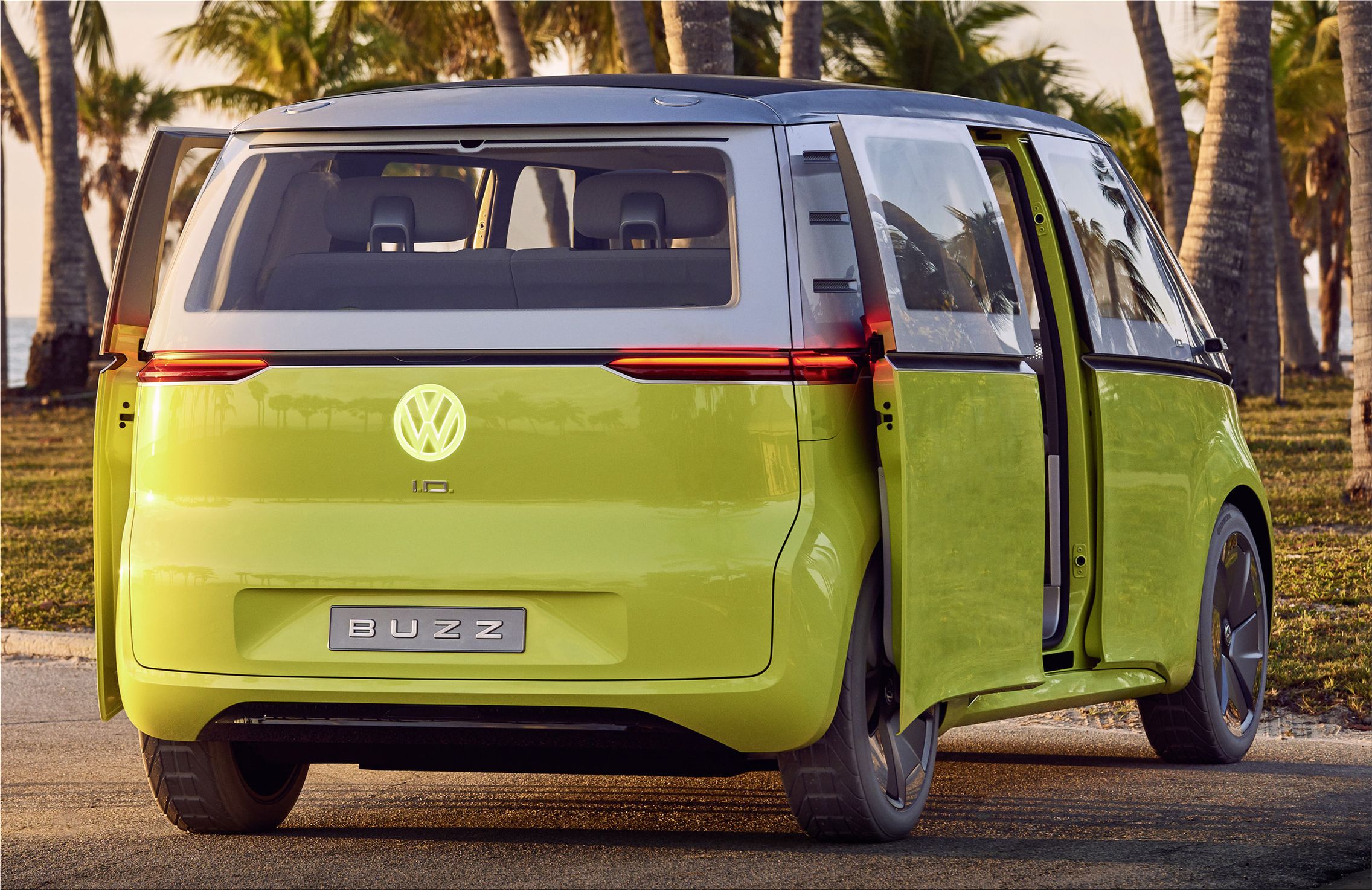Discover Pandipedia
Pandipedia is the world's first encyclopaedia of machine generated content approved by humans. You can contribute by simply searching and clicking/tapping on "Add To Pandipedia" in the answer you like. Learn More
Expand the world's knowledge as you search and help others. Go you!

The blobfish appears distorted when taken out of its high-pressure deep-sea environment due to the difference in pressure[4]. Their gelatinous body becomes[4] misshapen and loses its defined shape when exposed to the low pressure at the ocean's surface. This is because their bodies are less dense than the water around them[1], allowing them to float along the sea floor without a swim bladder[1], and without the pressure from the surrounding water, their loose-fitting skin and soft structure cause[4] them to lose their true form[4]. Additionally, the fixation process during preservation in alcohol solution can further tighten the skin and contribute to the distortion of its appearance.
Let's look at alternatives:
- Modify the query.
- Start a new thread.
- Remove sources (if manually added).
- Request a manual search from our human research team.
Transportation safety is a critical area of governance, involving multiple modes of transport such as aviation, maritime, and road vehicles. Each mode has specific regulatory frameworks to ensure safety standards are met and maintained.
Aviation Safety Regulation

In the aviation sector, safety regulation is primarily overseen by the Federal Aviation Administration (FAA) in the United States. The FAA is responsible for establishing and enforcing regulations that govern air travel, including safety standards for aircraft operations, airport safety, and pilot certification. The International Air Transport Association (IATA) emphasizes the importance of sustainability and safety within the industry, indicating that groups such as IATA act as advocates for best practices and standardized safety measures across airlines globally. Their guidelines help airlines implement safety management systems and enhance operational safety, including preparing for emergencies and managing risks associated with air travel[1].
The IATA Annual Safety Report plays a significant role by uncovering aviation safety concerns and developing prevention strategies, ensuring the ongoing enhancement of safety measures in the industry. Statistics illustrate the relative safety of air travel; between 2000 and 2010, the death rate per passenger-mile in commercial aviation was about 0.2 deaths per 10 billion passenger-miles, significantly lower than that of road vehicles, which was approximately 150 deaths per 10 billion vehicle-miles[2].
Road Transportation Safety Regulation

Road transportation safety in the United States is not governed by a singular federal authority but involves various agencies at both federal and state levels. The National Highway Traffic Safety Administration (NHTSA) oversees vehicle safety regulations, while the Federal Motor Carrier Safety Administration (FMCSA) is charged with regulating commercial vehicle safety. Each state manages its road safety regulations, which can lead to variations in safety standards across the country[2].
In addition to the federal oversight, several organizations contribute to road safety initiatives. The National Transportation Safety Board (NTSB) investigates accidents and makes recommendations aimed at improving safety across all modes of transportation. These combined efforts aim to reduce fatalities, which have been a persistent issue, with annual road traffic deaths fluctuating significantly over the years; for instance, there were over 42,000 fatalities in 2022[2]. The disparity in regulations stems from the different risks associated with road versus air travel, making tailored regulatory approaches necessary.
Maritime Safety Regulation
Maritime safety is regulated internationally, primarily through the International Maritime Organization (IMO), which was established to enhance safety standards across global shipping industries. Its first important task was to adopt the International Convention for the Safety of Life at Sea (SOLAS), which remains one of the most significant treaties addressing maritime safety. The IMO's Maritime Safety Committee oversees the development of regulations and standards relevant to ship safety, the training of seafarers, and protocols for search and rescue operations. The committee's work is supported by sub-committees that focus on specialized areas, such as the carriage of dangerous goods and compliance with international collision regulations[3].
These international regulations are crucial in improving safety at sea, recognizing that shipping is inherently dangerous and requires communal efforts to mitigate risks involved with maritime operations.
Developing Safety Standards Across Modes

Across air, road, and maritime transportation, safety regulation is underscored by adherence to established guidelines and the adoption of modern safety measures. For aviation, the emphasis is on rigorous standards enforced by the FAA and IATA, which promote best practices and operational transparency. In the context of road safety, regulatory frameworks are varied due to state-level governance, but aim at reducing fatalities through strict traffic management and safety oversight. Maritime safety, under the aegis of the IMO, highlights the necessity of international standards in a globally interconnected industry.
The overall trend in transportation safety showcases improvements driven by data collection, accident investigations, and the implementation of technology to enhance safety measures. As standards evolve and adapt to emerging challenges in transportation, the primary focus remains to minimize risks and protect lives across all modes of transportation.
Let's look at alternatives:
- Modify the query.
- Start a new thread.
- Remove sources (if manually added).
- Request a manual search from our human research team.
Get more accurate answers with Super Search, upload files, personalised discovery feed, save searches and contribute to the PandiPedia.
Creating a marketing plan is a fundamental process that guides businesses in achieving their goals by clearly defining their target audience, strategies, and the actions needed to engage them effectively. Below are the essential steps based on various sources that provide comprehensive insights into the marketing planning process.
1. Conduct Market Research

Before drafting your marketing plan, it is crucial to gather detailed market insights. Conducting thorough market research involves understanding the target audience, competitors, and overall market dynamics. This stage includes evaluating demographics, behavior patterns, and preferences of potential customers, which helps you tailor your marketing strategy to meet their needs. Surveys, focus groups, and competitive analysis can provide valuable qualitative and quantitative data to inform your strategy[5][7].
2. Define Your Target Market

Once you've gathered data, the next step is to define your target market. This involves segmenting your audience into groups that share common characteristics or needs. Creating buyer personas, which are detailed profiles of your ideal customers, can enhance this process. These personas should include demographic information, interests, and specific pain points your product or service addresses[4][6].
3. Perform a SWOT Analysis

A SWOT analysis (Strengths, Weaknesses, Opportunities, Threats) is a vital part of your marketing plan. This analytical tool helps in identifying the internal and external factors affecting your business. List out what your company excels at (strengths), where it lacks (weaknesses), potential areas for growth (opportunities), and external challenges (threats) present in the marketplace. A comprehensive SWOT analysis provides a foundation for strategic decision-making[4][7].
4. Set SMART Goals

With a clear understanding of your market and internal capabilities, establish SMART goals. These objectives should be Specific, Measurable, Achievable, Relevant, and Time-bound. For instance, instead of simply aiming to 'increase brand awareness,' a SMART goal would articulate that you 'aim to achieve a 25% increase in brand awareness as measured by social media engagements and mentions over the next six months'[4][5][6].
5. Establish your Unique Selling Proposition (USP)

Identifying your Unique Selling Proposition (USP) is crucial for differentiating your brand from competitors. Your USP describes what makes your product or service unique and why customers should choose you over others. Clearly articulating your USP can help you shape your messaging and branding strategies effectively[5][6].
6. Choose Marketing Strategies and Tactics

This step involves deciding on the marketing strategies and tactics you will employ to achieve your goals. Consider which channels (digital, print, social media, etc.) will be most effective for reaching your target audience. Each tactic should align with your overall strategy and reflect your brand’s tone and messaging. Examples of strategies may include content marketing, influencer marketing, SEO, and email campaigns[6][6][7].
7. Develop a Budget

Next, allocate a budget that aligns with your marketing strategies and goals. Outline expected costs associated with various marketing initiatives, including advertising, content creation, agency fees, and technology tools. Keeping track of expenditures and ensuring they fit within your overall budget is critical for sustaining your marketing initiatives[7].
8. Create a Timeline and Action Plan

Develop a timeline for when each part of your marketing plan will be executed. This includes setting deadlines for completing specific tasks, launching campaigns, and reviewing progress. An action plan clarifies responsibilities within your team, ensuring that all aspects of the marketing plan are executed on time and effectively[6][7].
9. Monitor and Evaluate
Finally, after implementation, continuously monitor the performance of your marketing strategies against the goals set in the initial stages. Use analytics and key performance indicators (KPIs) to assess effectiveness and make necessary adjustments. Regular evaluations will help you stay aligned with your market and organizational goals, allowing you to refine your tactics for better results over time[6][7].
Conclusion
These steps form a comprehensive framework for creating an efficient marketing plan. By grounding your strategies in thorough research, setting clear objectives, and being adaptable in your approach, you can guide your marketing efforts toward achieving your business goals and establishing a strong market presence.
Let's look at alternatives:
- Modify the query.
- Start a new thread.
- Remove sources (if manually added).
- Request a manual search from our human research team.

Weight is important in boxing because it ensures fairness and safety in the ring[1]. The weight class system in boxing[1] ensures that fighters are matched against opponents of similar size and weight[1], making the fights more fair and competitive. Additionally, weight can play a major role in[2] a fighter's success, as every ounce of weight advantage[2] can impact a match. Fighters often go through dangerous weight-cutting routines to gain an edge, and weight differences within the same weight class[2] can also be decisive. Bigger opponents can use their weight to their advantage[2], but size is not the only factor - skill and technique are also crucial in determining a boxer's success.
Let's look at alternatives:
- Modify the query.
- Start a new thread.
- Remove sources (if manually added).
- Request a manual search from our human research team.
Collins Wild Flower Guide
Covers over 1,900 species of wildflowers, trees, shrubs, grasses, and ferns in Britain and Ireland, organized by families with detailed illustrations and descriptions[5].

The Wild Flower Key
Provides identification for wild plants, trees, and shrubs in Britain and Ireland, suitable for both beginners and experienced botanists with detailed descriptions and illustrations[4][10].

Collins Complete Guide - British Wild Flowers
Features over 1,000 common species with concise descriptions, excellent photographs, and habitat information, ideal for foraging and field use[4][7].

Newcomb’s Wildflower Guide
A comprehensive guide based on natural structural features that makes identification straightforward, suitable for beginners and experienced nature enthusiasts alike[6][8].

The Little Book Of Wild Flowers
A child-friendly guide focusing on striking images, aimed at young wildflower enthusiasts and packed with basic identification tips[2].
Flora Britannica by Richard Mabey
A blend of cultural and botanical insights, featuring nearly 500 photographs and over 1,000 species, highlighting the connection between wild plants and social life[2].

Wild Flowers of Britain Month by Month
Features beautifully painted illustrations and tracks blooming species by month, making it a thoughtful gift for botanical art lovers[2].
Wonderful Wildflowers of Wales
Focuses on Welsh wildflowers with a chart for quick identification by color and detailed habitat information[2].

Harrap’s Wild Flowers
A photographic guide that describes and illustrates over 1,225 wildflowers, shrubs, and trees in the British Isles with practical identification tips[7][10].

Guide to Flowers of Walks and Waysides
A lightweight and portable laminate leaflet that includes essential wildflower information for walks in the countryside and urban areas[2].
Wildflowers by Colour
Organizes species primarily by flower color for quick identification, recommended for users without extensive botanical knowledge[2].
The Easy Way to Wildflower Recognition
Utilizes a simple yes/no key to identify approximately 200 common wildflowers in Britain and Ireland, ideal for beginners[5].
Wildflowers in the Field and Forest
A field guide covering over 1,400 species of herbaceous wildflowers with excellent color photographs and range maps[8].
Flowering Plants of the World
A general guide that covers a significant number of flowering species, illustrated with photographs and concise descriptions, useful for amateur botanists[5].
Edible Wild Plants
A field guide detailing over 370 edible plants, including visual aids for identification and preparation techniques[8].
Field Guide to Medicinal Plants & Herbs of Eastern & Central N. America
Provides identification for over 530 medicinal plants, highlighting their uses and habitat[8].
Botany in a Day
Employs a pattern method to teach users how to identify plants quickly and easily, suitable for beginners wanting a simplified approach[8].
The Wildflower Field Guide
Covers approximately 1,100 wildflower species in Britain including key features for identification, suitable for both beginners and experienced users[5][10].
Peterson Field Guide to Wildflowers
Features more than 1,200 species with detailed descriptions, useful for beginners and experts in North America[8].
Wild Edible Plants of North America
Classifies and describes over 200 edible plants, organized by season, with identification help and preparation guidance[8].
Collins Wildflower Guide (2nd Edition)
Detailed descriptions and illustrations of 1,900 wildflowers with identification keys, suitable for more experienced botanists[5][10].
Urban Wildflowers
Identifies wildflowers typically found in urban settings, contributing to the identification in city environments[2].
Pocket Guide to British Wildflowers
A compact guide for on-the-go identification of common British wildflowers, featuring photographs and clear descriptions[2].
Nature’s Almanac
A seasonal guide to local wildflowers and their habitats, aimed at enhancing the user’s understanding of plant ecology[8].
Discovering British Wildflowers
Aimed at beginners, this guide simplifies the identification process with clear visuals and straightforward instructions[10].
Let's look at alternatives:
- Modify the query.
- Start a new thread.
- Remove sources (if manually added).
- Request a manual search from our human research team.
Let's look at alternatives:
- Modify the query.
- Start a new thread.
- Remove sources (if manually added).
- Request a manual search from our human research team.
Get more accurate answers with Super Search, upload files, personalised discovery feed, save searches and contribute to the PandiPedia.
Let's look at alternatives:
- Modify the query.
- Start a new thread.
- Remove sources (if manually added).
- Request a manual search from our human research team.
Let's look at alternatives:
- Modify the query.
- Start a new thread.
- Remove sources (if manually added).
- Request a manual search from our human research team.
Let's look at alternatives:
- Modify the query.
- Start a new thread.
- Remove sources (if manually added).
- Request a manual search from our human research team.

Kia Niro EV
Known for its reliability and quality production; it features a 64 kWh battery and offers a driving range of up to 253 miles[4].
Hyundai Kona Electric
A well-rounded SUV offering a driving range of up to 319 miles, praised for its refined driving experience and solid powertrain[3].
Tesla Model 3
Highly popular, featuring an improved range of up to 318 miles post-facelift, and known for its minimalist interior and high-tech features[5].

Porsche Taycan
A thrilling performance car with up to 421 miles of range; delivers a luxurious experience while maintaining Porsche's driving behavior[3].
BYD Dolphin
Offers great value as a small electric car with a respectable official range of 265 miles and a good amount of tech[5].

Nissan Leaf
A well-established model in the EV market, offering a practical family alternative with a range of 226 miles for the Plus variant[2][4].

Hyundai Ioniq 5
Recognized for its retro design and advanced tech; offers a range of up to 315 miles[3].
Audi e-tron GT
A grand tourer that combines speed and elegance with a range of up to 305 miles; known for its luxurious interior[1][3].

Volkswagen ID.3
A family-sized EV designed to be affordable, with smart technology and a range of up to 347 miles[2][5].
Mercedes EQC
Combines luxury with electric performance featuring a decent driving range and rapid charging capability[2].
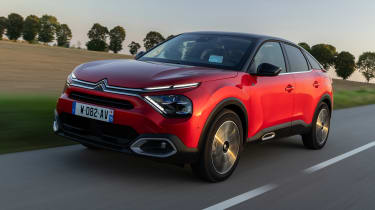
Citroen e-C4
Offers practicality and comfort with a range of over 200 miles, suitable for family needs[3].
Skoda Enyaq
Provides excellent value with practicality, offering a range of over 250 miles and an intuitive infotainment system[3].
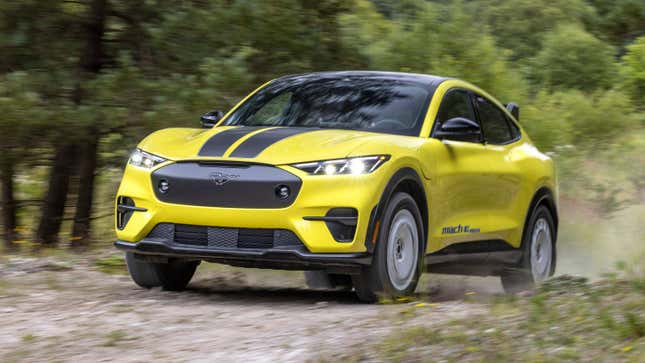
Ford Mustang Mach-E
A stylish SUV that combines dynamics with a range of around 250 miles, offering a spacious and tech-savvy interior[4].

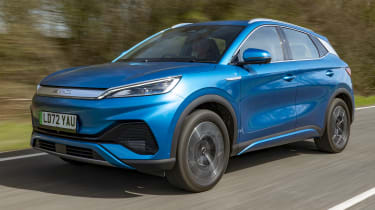
Volkswagen ID. Buzz
Combines retro design with electric efficiency, offering spaciousness and practicality[1].
Let's look at alternatives:
- Modify the query.
- Start a new thread.
- Remove sources (if manually added).
- Request a manual search from our human research team.
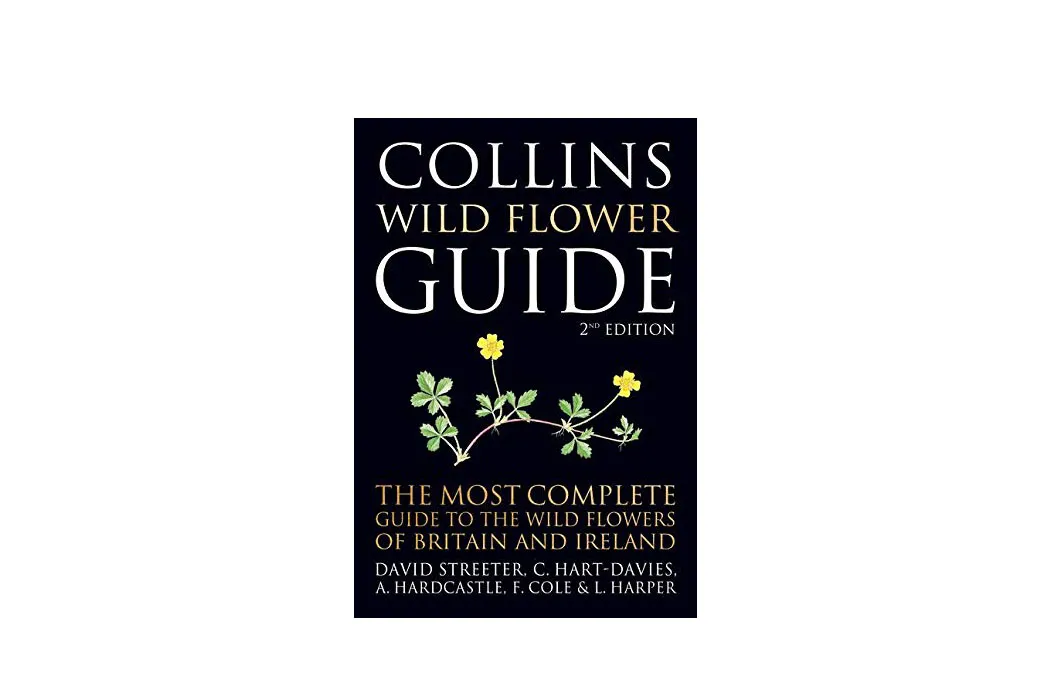









/types-of-wildflowers-4061772-hero-4f093bf89ec94cd9ac766a4e0465238d.jpg)




















